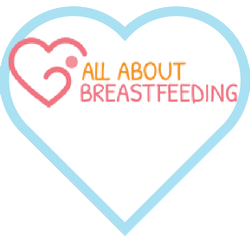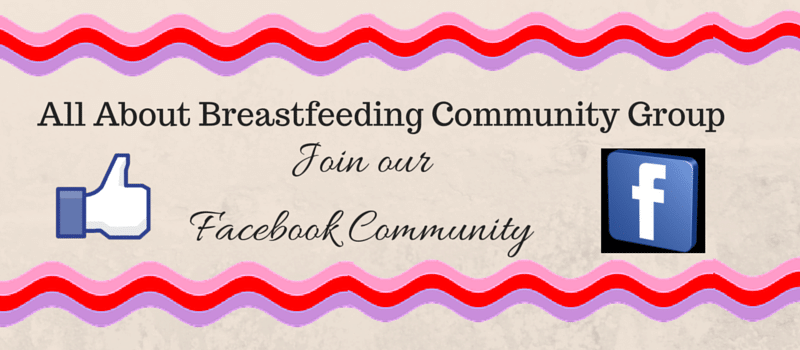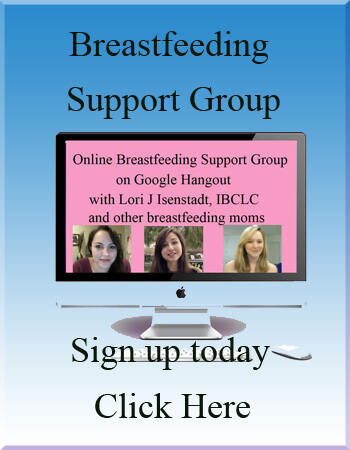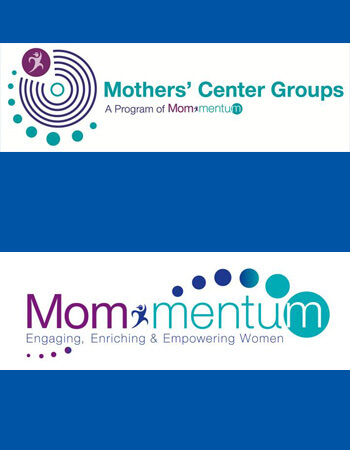
Last week we ended by talking about Judith Waterford, a legendary breastfeeder who was written up in medical journals because she was what I would say a life long wet nurse who was still going strong at 81 years of age. I can only imagine what eyebrows Judith would raise in the year 2016.
In case you missed the first show of this series, you will want to go back and listen to show # 103
To catch new listeners up to speed, we are talking about wet nurses, who are women who breastfeeds another womans child.This was a common practice before the introduction of bottle feeding and formula. It was so popular and yet there were some problems with it as it moved toward becoming a paid profession. Along with this, it became a well organized profession with contracts and laws designed to regulate its practice. There are records from ancient Babylon that show rules and laws and payments and working conditions for wet nursing practice. It was a common way to feed babies all over the world for many years.
We are going to talk about the practice of wet nursing and while I am going to begin with talking about European Countries, you will notice that the information is not the same for each country as breastfeeding habits varied from region to region. Like I will talk about wet nursing in Britain in the 18th century and then in London around the same time and the practices can be markedly different. People and their religions and their customs and personal finances and living arrangements were as different then as they are now. This means that all customs do not fit in the same box and all wet nursing experiences and habits were not all the same for thousands of years.
Just to give you a few examples to illustrate what I am talking about. In more modern times, we might find that moms who live in one region of the United States are more likely to breastfeed than those who live in other areas. You can check out the CDCs Breastfeeding Report Card to study the differences in breastfeeding rates from state to state. In 1950s the breastfeeding rates were in the 20% and in the year 1984, it was closer to 35% and in 2000 more than 70% of moms were breastfeeding and in the year 2016, more than 85% of moms initiate breastfeeding. There definitely is a difference in cultures and soceo-economic and financial status. Black Americans tend to have much lower breastfeeding rates as do Native American Indians and teenagers. Woman who stay home from work longer, tend to breastfeed more than moms who return to work by 8 weeks. I say this because as I go through and talk about different times and different cultures, it may be confusing to you in that you might have the strong desire to put woman in a specific category and just like modern woman who choose to breastfeed and for how long and exclusive or mixed feedings, woman of years ago had varied reasons for making a wide variety of choices and sometimes different choices for the same baby.
There were times when breastfeeding your own baby may have been all about breeding as it was called years ago. A significant reason for wet nursing was that a nobelwomans main function was to produce heirs. A falsehood of history is the myth of the poor “breeding like rabbits.” Actually it was the aristocrats that deserved this comparison. Unless we are living in reality TV land, the average woman is not having pregnancies that reach 12 and 15 and 18 pregnancies like they did in the 17th century. A majority of their babies died while only a few survived. Since the Queens were in the business of bringing heirs into the family, they kept having babies to ensure they had sons that lived beyond childhood.
It was the ordinary woman who breastfed their own babies and wet nursed others. This protected them from the excessive fertility of noble women whose babies were wet nursed from birth. Evidence from 17th centruy rural England shows an awareness of the contraception effect of lactation. Countrywomen rarely had more than 7 children. Records show that their births were better spaced out than those of the rich and that their babies were more likely to survive. The poor were not “breeding like rabbits.” as long as they were caring for and breastfeeding the babies from wealthier families.
Wet nurses were often highly valued, especially in large wealthy households where they were usually regarded as one of the upper servants. They would stay with the family for years. Many life long bonds were formed between nurse and child.
Wet nursing in France went through up and down periods. By the 18th century, mothers needed to work to bring an income in as it was hard to live on one income. This created a unique problem in urban settings. Working mothers began to send their babies to the countryside to be cared for by women even poorer then themselves. As the demand increased, the cost of hiring wet nurses soared while the quality of care plummeted. Upper middle class families began hiring wet nurses and bringing them into their home so they could closely supervise them to ensure that the babies were properly cared for. Poor working families, could only afford the cheapest wet nurses, who lived very far away. In my reading, I learned that the babies who lived far away from their mothers and taken care of by wet nurses who were paid low wages, did not fare so well, probably because they were not cared for as well.
The demand for this service led to high infant mortality. This led to wet nursing becoming more regulated during the second half of the 18th century. Now this is where it becomes really interesting and to me seems to mimic modern day business models. There were wet nurse bureaus, which were employment agencies for wet nurses. All of a sudden there were 4 existing wet nurse bureas who are competing for business. The Parisian police authorities stepped in to combine them into a municipal Bureau of Wet Nurses, which guaranteed wet nurses a minimum wage. The Bureau assured parents an adequate supply of wet nurses and it pursuaded nurses not to neglect their babies by advancing them their monthly salary. The Bureau and not the wet nurse, then collected the wet nurses wages from infants fathers. Sounding familiar?
I am a person who starts to get turned off when hearing too many numbers and statistics in a row. My brain just does not function that way. I am about to state some numbers and stats and I encourage you to stick with me AS this information is so fascinating you will want to hear it. One of the reasons I wanted to do this historical tour of breastfeeding is because a humans, we tend to simplify breastfeeding. We tend to judge others for not doing what we feel is the best way to feed our babies. We tend to judge others who are working inside the home, outside the home, not currently at a paying job and JUST staying home with our babies/children. There are tendencies to judge others how they feed their baby – breastfed? bottles? both? And yes, modern moms are practicing the art of daily wet and cross nursing and there are judgements surrounding these practices also. This next piece of information really highlights the fact that breastfeeding has rarely been a straightfoward as some people think it is or should be. It has never been – 1 mom, 1 baby together, forever
The Bureau of Wet Nurses was one of the few institutions to survive the French Revolution. Bureau records indicate that of the 66,259 nurslings placed between 1770 and 1776, 31 percent died while in wet nurses’ care, a considerably lower rate of infant mortality than wet-nursed infants had suffered previously. Until its demise in 1876, the Bureau of Wet Nurses of the City of Paris provided an alternative both to the inferior service offered by private wet-nurse bureaus and the expense of public charities caring for foundlings. With the passage of the Roussel Law in 1874, the supervision of wet-nursed infants became a national, rather than a municipal, responsibility. The Roussel Law mandated that every infant placed with a paid guardian outside the parents’ home be registered with the state. In this way the French government was able to monitor how many children were placed with wet nurses (eighty thousand a year between 1874 and World War I) and how many of those infants died (15.1 percent). 50% less prior to this it was 31 and now it is only 15
The ubiquitous custom of wet-nursing did not wane in France until World War I. The war’s tumult disrupted access to wet nurses and demonstrated to urban families, long reluctant to consider any alternative to maternal nursing other than wet-nursing, that safe, inexpensive, and easy artificial infant feeding options now existed. A decline in working mothers after World War I, passage of a law granting a monthly bonus of fifteen francs to working women if they breast-fed their babies for twelve months, the routine pasteurization of milk, and the availability of canned milk all contributed to the virtually instantaneous extinction of wetnursing in France.
The practice of wet nursing became less popular in the 19th century due in part to scares that diseases such as tuberculosis and syphilis could be transferred by breast milk. Better alternatives to mother’s milk slowly became available but children fed on these still had a much higher mortality rate than those who were breast fed.
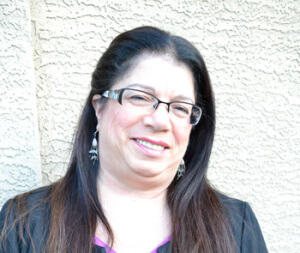 Lori Jill Isenstadt, IBCLC is a huge breastfeeding supporter. She has spent much of her adult life working in the maternal health field. Once she became turned on to birth and became a childbirth educator, there was no stopping her love of working with families during their childbearing years. Lori became a Birth doula and a Postpartum doula and soon became a lactation consultant. She has been helping moms and babies with breastfeeding for over 25 years. Lori founded her private practice, All About Breastfeeding where she meets with moms one on one to help solve their breastfeeding challenges. She is an international speaker, book author and the host of the popular itunes podcast, All About Breastfeeding, the place where the girls hang out. You can reach Lori by email at: aabreastfeeding@hotmail.com or contact her via her website: allaboutbreastfeeding.biz/contact
Lori Jill Isenstadt, IBCLC is a huge breastfeeding supporter. She has spent much of her adult life working in the maternal health field. Once she became turned on to birth and became a childbirth educator, there was no stopping her love of working with families during their childbearing years. Lori became a Birth doula and a Postpartum doula and soon became a lactation consultant. She has been helping moms and babies with breastfeeding for over 25 years. Lori founded her private practice, All About Breastfeeding where she meets with moms one on one to help solve their breastfeeding challenges. She is an international speaker, book author and the host of the popular itunes podcast, All About Breastfeeding, the place where the girls hang out. You can reach Lori by email at: aabreastfeeding@hotmail.com or contact her via her website: allaboutbreastfeeding.biz/contact 
Part 1
Submit a comment
your email address will not be published
